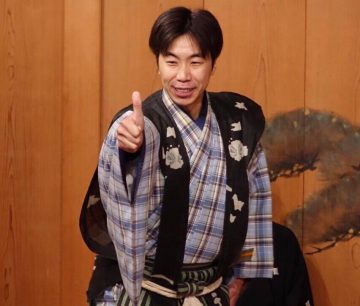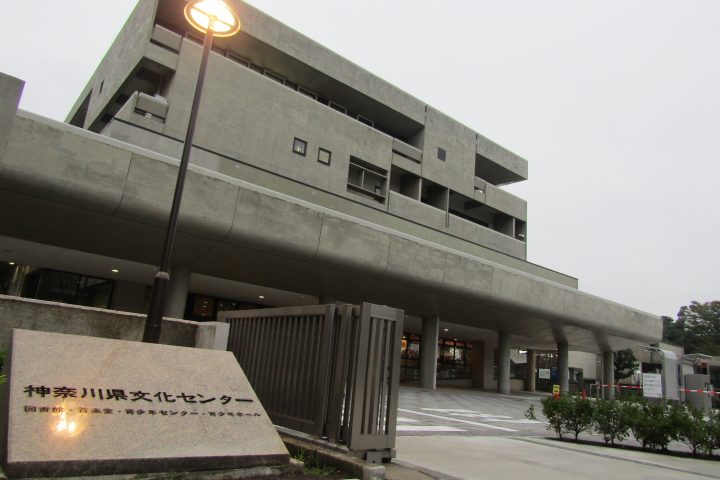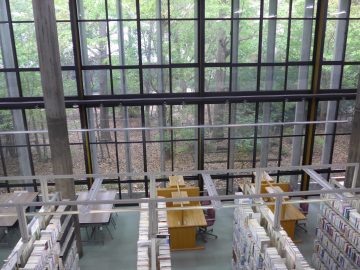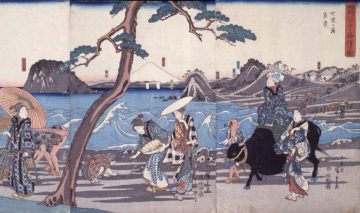A collaboration between scholars and artists to decipher the alarm bells for modern society from mythology
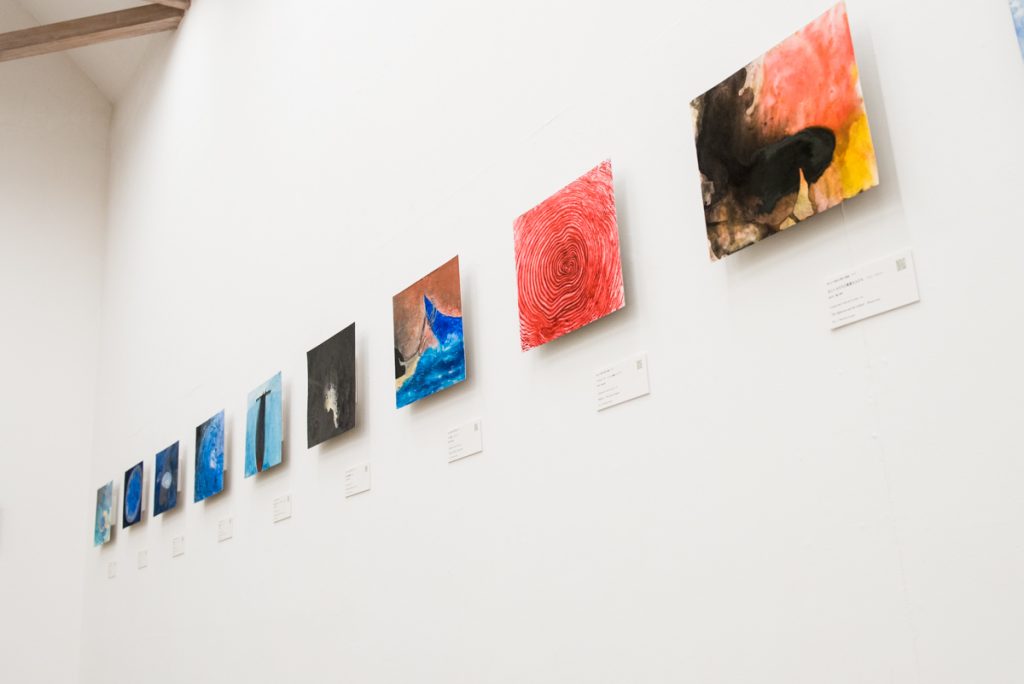
Kanagawa Prefecture Artist-in-Residence Promotion Project invites artists from Japan and overseas and supports organizations that carry out creative activities within Kanagawa Prefecture. This time, we visited the Kasuya no Mori Museum of Contemporary Art, where a special exhibition called ``What Myths Tell Us Now - Myths of the End and Resurrection of Humanity'' is being held, inviting American painter Yuriko Yamaguchi.
Mr. Yamaguchi was born in Japan and later moved to the United States. After obtaining a master's degree in plastic arts, he has been active as an artist mainly in the United States for over 40 years.
This special exhibition features 30 paintings created by Yamaguchi in collaboration with Mineke Schipper (Netherlands), who has been engaged in research on cross-cultural literature for many years. In addition to the public production at the opening, a gallery talk with anthologist Masao Higashi was also held.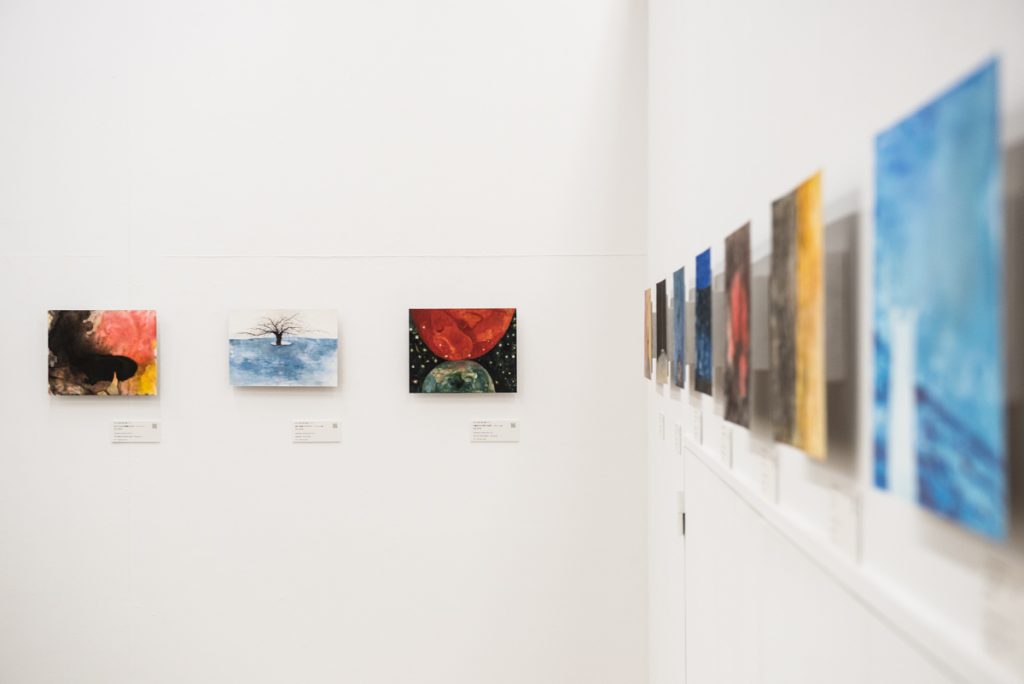 Director Eitoshi Wakae and Mr. Yamaguchi met by chance at a gallery in New York's Soho in 1989, and have been friends ever since. We asked the two of them about this project.
Director Eitoshi Wakae and Mr. Yamaguchi met by chance at a gallery in New York's Soho in 1989, and have been friends ever since. We asked the two of them about this project.
What was the origin of the project?
I met Mr. Schipper Yamaguchi in 2009, when I was staying at the Rockefeller Foundation Bellagio Center in Italy for a month and creating watercolor paintings. At that time, she focused on the "myths" that remained around the world. At the Bellagio Center, we were collecting and researching myths about floods and disasters from around the world.
We tend to think of myths as stories from the distant past, but they are full of anecdotes that provide important hints when thinking about today's global environmental issues. Since I have always had a strong interest in the world's connections and "chains," I hit it off with Mr. Schipper. We discussed that ``when presenting research results, it would be more appealing to people if they were accompanied by visuals,'' and I ended up creating visuals for each of the myths she had collected. .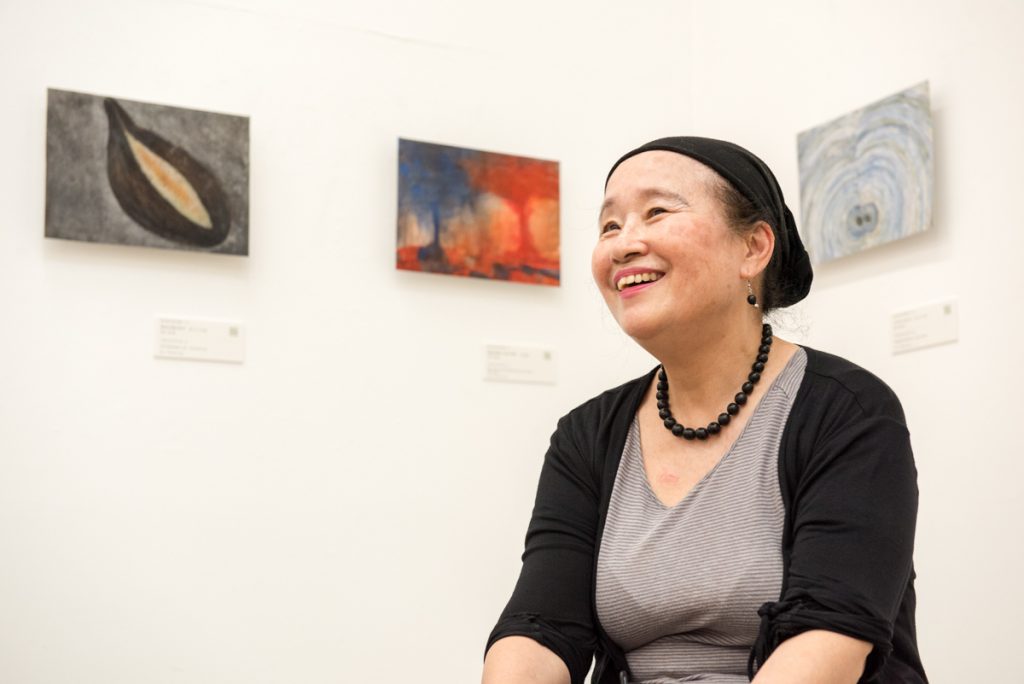
Just like the illustrations in Wakae's novels, text and visuals have long been linked. However, Yamaguchi's paintings are not descriptive like illustrations. It might take a long time to explain why I chose this visual, but it is definitely connected to Schipper's text. I hope you enjoy that sense of distance.
Yamaguchi :In the end, we ended up with 30 pieces, but there were quite a few that were rejected by the shipper. I was not satisfied with the work, so I took the original drawings to Mr. Schipper's home in the Netherlands and showed them to him, and I was able to revive some works. I guess my impression was different because I was communicating while watching on a monitor.
This time's work uses different art materials from Mr. Yamaguchi's previous works.
We use a synthetic paper called ``YUPO'' whose main material is Yamaguchi polypropylene. I chose it because I liked its smooth texture, but since water doesn't penetrate it, I couldn't paint with watercolor, so I tried using acrylic paint instead.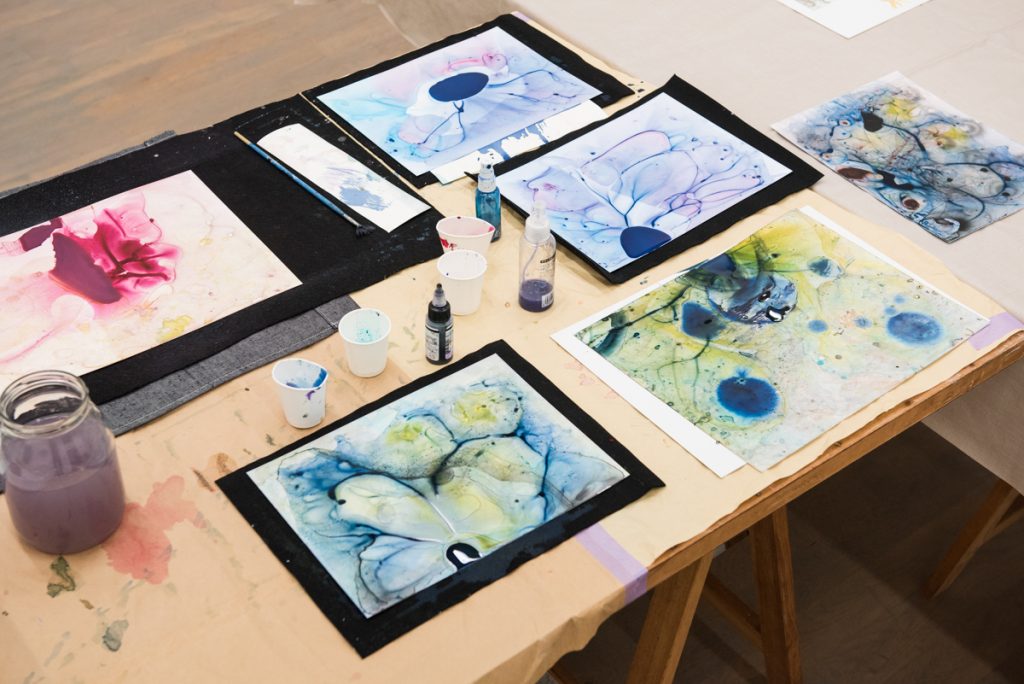
WakaeAcrylic paint usually dries quickly, but Mr. Yamaguchi mixes it with a large amount of water before using it. Since YUPO does not absorb water, a unique expression was created by "dripping" the paint onto the paper.
Yamaguchi : This is the first technique I tried for this project. I can't control the combination of YUPO and acrylic paint, and I get unexpected results, so that's fun (lol). When creating something, if it's not fun, you won't be able to continue.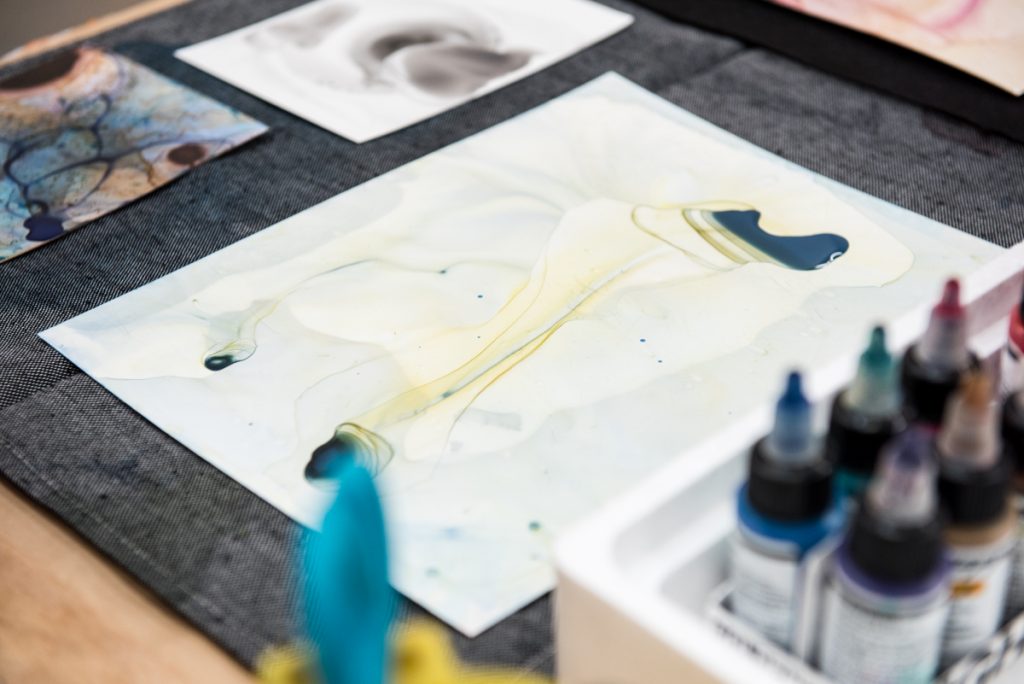
This is the first time that all 30 works will be exhibited together at the Kasuya no Mori Museum of Contemporary Art.
Yamaguchi: That's right. In the end, it took nearly 10 years to complete, so seeing all the pieces lined up like this is very moving.
I was looking at the story and images of the Wakae myth, but some things had changed along the way. It wasn't until I unpacked it that I finally found out which work would be exhibited in Japan (lol).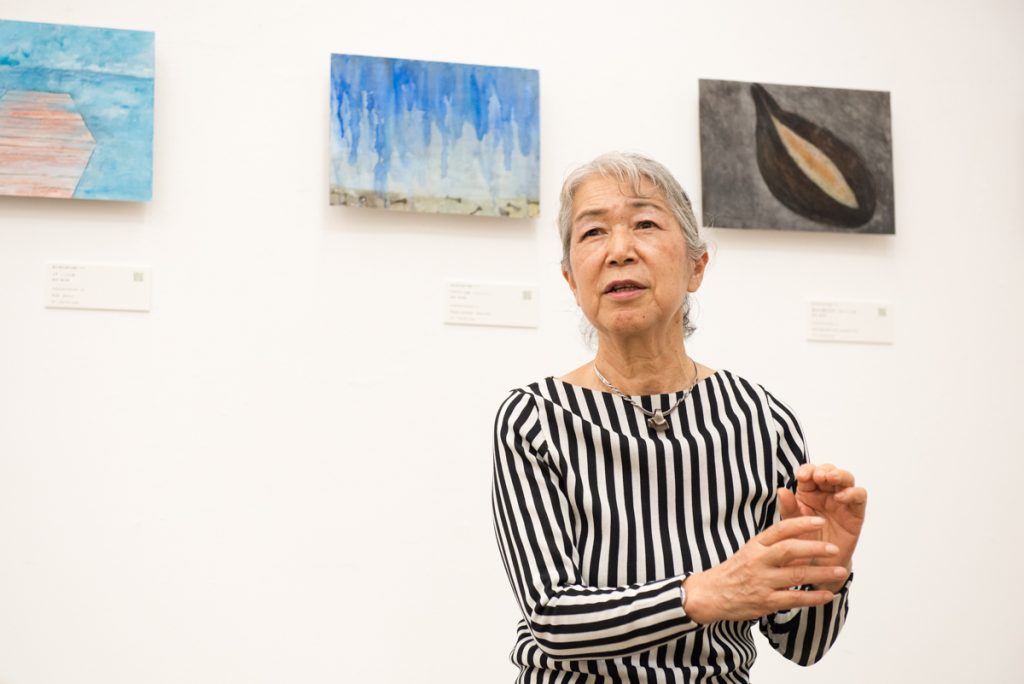
My greatest wish is that Mr. Yamaguchi Schipper's feelings can be conveyed to the viewers.
It must have taken Wakae Schipper a huge amount of time to collect and edit the myths. However, a much longer period of time passes before myths are created. It is the power of artists to visualize myths that have continued uninterruptedly in a way that is relevant to the times. I also believe that there is a warning for modern society in this.
The presence of scholars who collect Yamaguchi myths is also important.
Wakae : Of course. The works on display this time are translations from the ``now'' era, and a thousand years from now there may be works from a different perspective. I once again realized that collaboration between academics and artists is truly wonderful.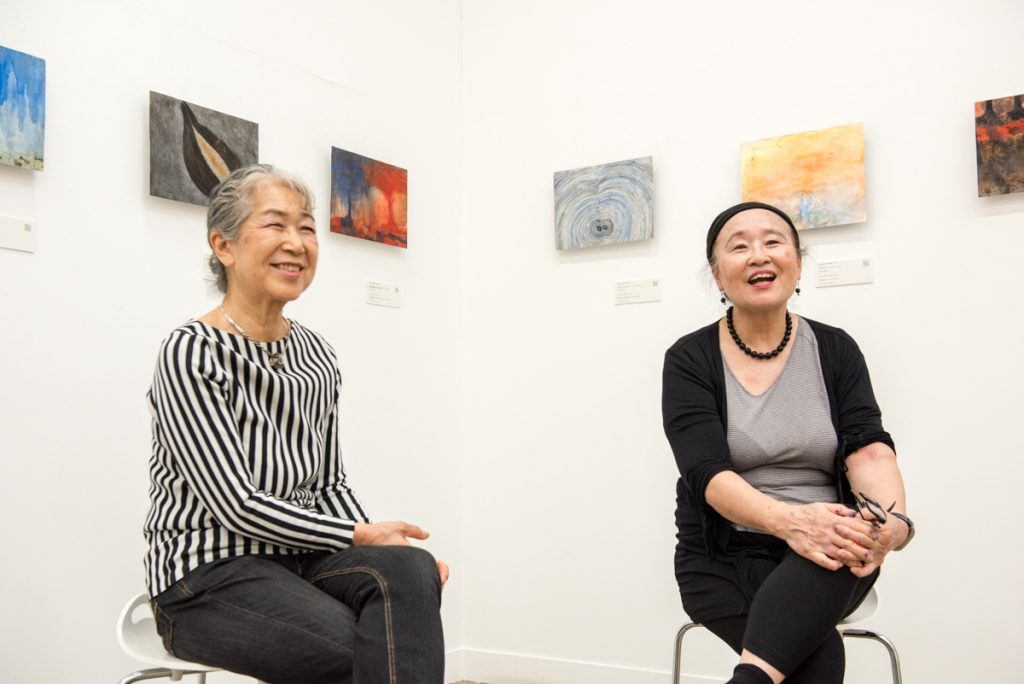
What myths tell us now – Myths about the end and resurrection of humanity –
Collection of Essays and Selected Myths by Mineke Schipper
Artwork Yuriko Yamaguchi
Venue : Kasuya no Mori Museum of Contemporary Art
http://www.museum-haus-kasuya.com/
Exhibition period : Until December 23rd (Sunday)
Closed : Mondays, Tuesdays, Wednesdays
Opening hours : 10:00-18:00 (Admission until 17:30)
*During the exhibition period, reservation-only events will be held on November 23rd (Friday) and December 2nd (Sunday), and viewing by the general public will be limited to 12:00 p.m.
[Access to the museum]
■Approximately 15 minutes walk from Kinugasa Station on the JR Yokosuka Line
■Get off at Keihin Kyuko Shioiri Station and take the bus bound for Kinugasa Station for about 15 minutes. Get off at Kanaya bus stop and walk for about 4 minutes.
